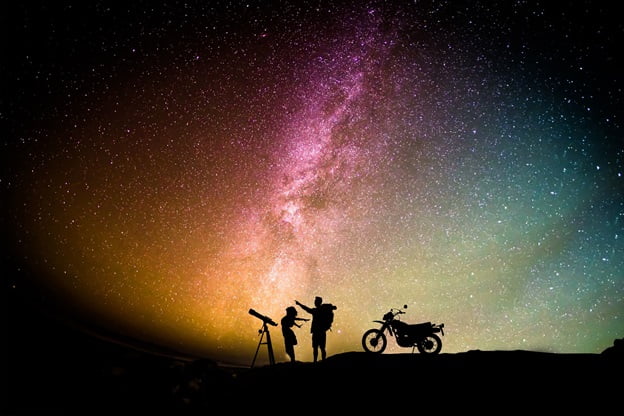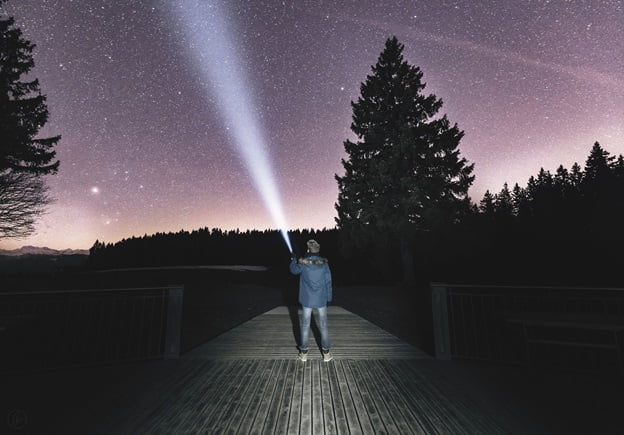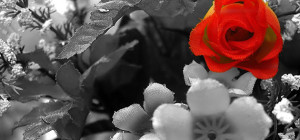 Sky and stars observing was a favorite pastime of our ancestors. Hundreds of years have passed, but nothing has changed. True, science has made a hundred steps forward in space exploration: binoculars, telescopes, and satellites have appeared. And the Earth turned out to be round and without a stand in the form of elephants and whales. But the ancestors also had a clear advantage: the absence of light pollution. For an ordinary person, the ability to distinguish asterisms is no longer vital – we will get more accurate results from the calendar, navigator, etc. For scientific purposes, astronomers study space objects. Amateurs cannot compete with scientists from observatories, but sky observation attracts more people every year. The reasons are:
Sky and stars observing was a favorite pastime of our ancestors. Hundreds of years have passed, but nothing has changed. True, science has made a hundred steps forward in space exploration: binoculars, telescopes, and satellites have appeared. And the Earth turned out to be round and without a stand in the form of elephants and whales. But the ancestors also had a clear advantage: the absence of light pollution. For an ordinary person, the ability to distinguish asterisms is no longer vital – we will get more accurate results from the calendar, navigator, etc. For scientific purposes, astronomers study space objects. Amateurs cannot compete with scientists from observatories, but sky observation attracts more people every year. The reasons are:
- Flashing with rare knowledge in a conversation, you will attract the interlocutor and get additional points. You can demonstrate the ability to distinguish between constellations and asterisms both in the company of friends and during a date;
- Active tourism is gaining momentum: people tend to leave the cities and return to their origins. In the wild, you cannot rely on equipment that can be discharged at any time. But you can count on the stars – by them, you will determine the cardinal points and choose the direction to continue the path;
- Armed with a tripod and a camera with good optics, you can take unique shots of the night sky. Show your best pictures to friends and travel magazines – maybe one day a hobby will become a job.
We see very few stars – this is a fact. But even that is enough to impress a person. The brightest stars in the sky are constellations. They are the sky areas in which the stars are combined according to some similarity (mythological or every day) to simplify orientation. It is important not to confuse constellations with asterisms – simple associations of the brightest stars. The most common mistake is to point to the Ursa Major and call it a constellation.
What is the difficulty for the townspeople?
The moon, planets, the brightest stars, and constellations are available in the city sky with the naked eye through binoculars or a small telescope. Binoculars will show the brightest star clusters and variable stars. Finally, through a telescope, you can observe double and multiple stars, faint variable stars, planets and study the surface of the moon in detail. Note that only the brightest nebulae and galaxies will be visible in the telescope in the city sky. To truly enjoy deep space objects, you need to get out as far away from city lights as possible – into the forest, into the mountains, and so on.
Watch The Stars Correctly & Get Real Pleasure
Which way to start stargazing being an absolute beginner? Even if you have a telescope or astronomical binoculars, take your time to use them. To get started, just look at the starry sky! On a clear, moonless night, the sky is a stunning sight. It looks like a giant tent of black velvet, embracing the horizon on all sides, a tent dotted with many luminous points. So, are you seriously interested in astronomy and want to see a little more than the average amateur? Then you need to read the following tips:
- To see the starry sky, experts recommend leaving the city. In large metropolitan areas, the light environment is too polluted. Because of this, it is not always possible to see even the brightest stars. And in an ecologically clean place, you can do without special equipment: celestial artifacts will be visible to the naked eye;
- For navigation, you can either use the framed personalized star map. Also, pay attention to one of the applications for your smartphone. Most of them complement cosmic reality: point the camera at the night sky – and the screen will automatically display information about the nearest planets, comets, or meteor showers;
- It is most interesting to observe cosmic bodies during significant astronomical events. To plan a trip, you need to study the forecasts of scientists in advance;
- Large ponds, stabilizing the temperature and atmosphere, significantly improve the conditions for observing celestial bodies. Also, low humidity and even light haze create favorable stable conditions;
- Good observation conditions arise after a light rain, which cleans the air of dust and pollution. It has been observed that even light fog is often favorable when observing with binoculars and telescopes.
Some city dwellers are a little more fortunate. It will be possible to conduct astronomical observations directly from the balcony if the view is not blocked by houses and trees, and there are no luminous advertisements nearby.
Final Thoughts
If the sky is dark, then it seems like there are countless stars in the sky. If the atmosphere is turbulent, the brighter stars often tremble and blink quickly – they twinkle. One cannot help but be amazed at this magnificence! Only about 3,000 stars can be observed in the sky with the naked eye at any given time. On clear and dry nights high in the mountains, the number of stars available for observation is approximately twice as large.








